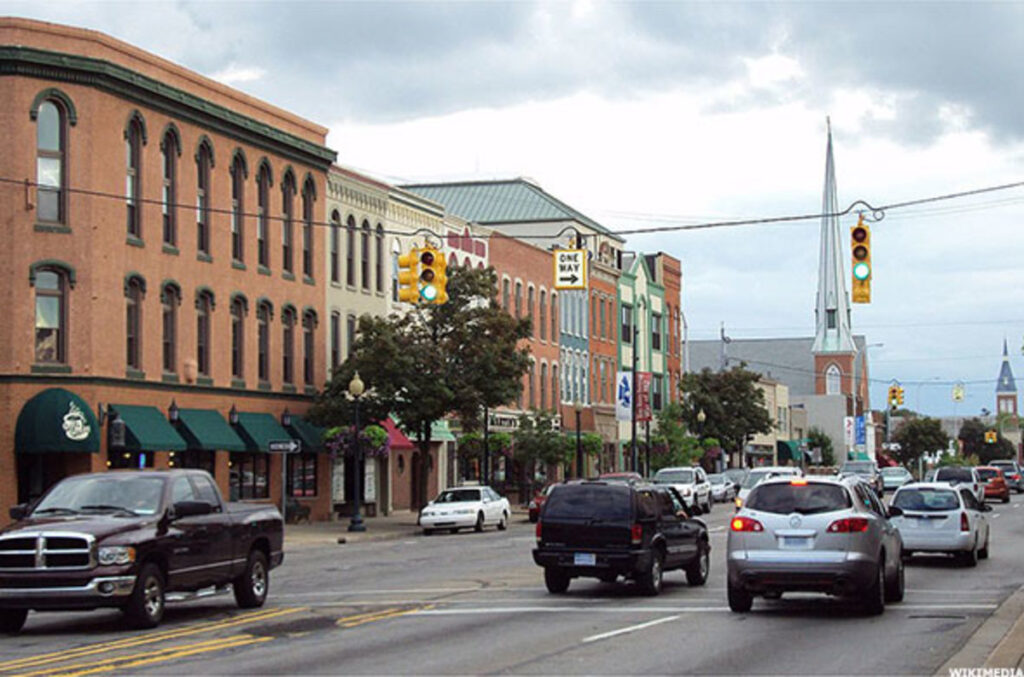Wall Street analysts continue to lauded the strength of the U.S. stock market and the staying power of its economy, upgrading price targets for the S&P 500 index, betting on stronger earnings quality, and drawing up risky bets against volatility.
Main Street, on the other hand? They’re not so sure.
In the Conference Board’s August Consumer Confidence Index report, less than half of respondents said they believed that the U.S. stock market would rise over the next 12 months. In fact, their expectations fell a little bit.
In July’s survey, 48.9% of respondents said that they expect stock prices to rise over the next 12 months. This month, only 47.4% of consumers said the same. Meanwhile, the share of consumers expecting stock declines rose. In July, it was 28.1%. In this month’s report, it was 30.3%.
However, that might not have much predictive value, even if it is the way that U.S. households feel.
54% of consumers said that they expect interest rates to rise. That’s despite the fact that an interest rate cut is all but done for September. On Tuesday, CME Group’s FedWatch put the odds of a cut at 89.2%.
Expectations for further cuts are nebulous, but very few on Wall Street believe that interest rates will be going up. Even less now that President Donald Trump has made apparent his goals to pack the Federal Reserve Board of Governors, part of an effort to corral rates downward.
Ultimately, Main Street’s outlook on these high-visibility issues is polar opposite of the conventional wisdom on Wall Street, revealing a dramatic disconnect between the two. It could be that Main Street’s dramatically different answers reflect their lived experience.
Since the end of the Covid-19 pandemic, economists and pollsters have captured the shadow of the so-called “vibecession”, a phenomenon referring to the way in which Americans will rate the state of the economy as bad, while the broader economy is performing well and consumption habits those of bull market conditions.
The disconnect has befuddled the field and called into question the importance of certain soft data, which has seen its fair share of goofy swings in the face of rising partisanship.
Zooming out, the index fell 1.3 points in August to 97.4. That was higher than the 80 point threshold, which is the point that the organization uses to indicate that a recession is ahead.




